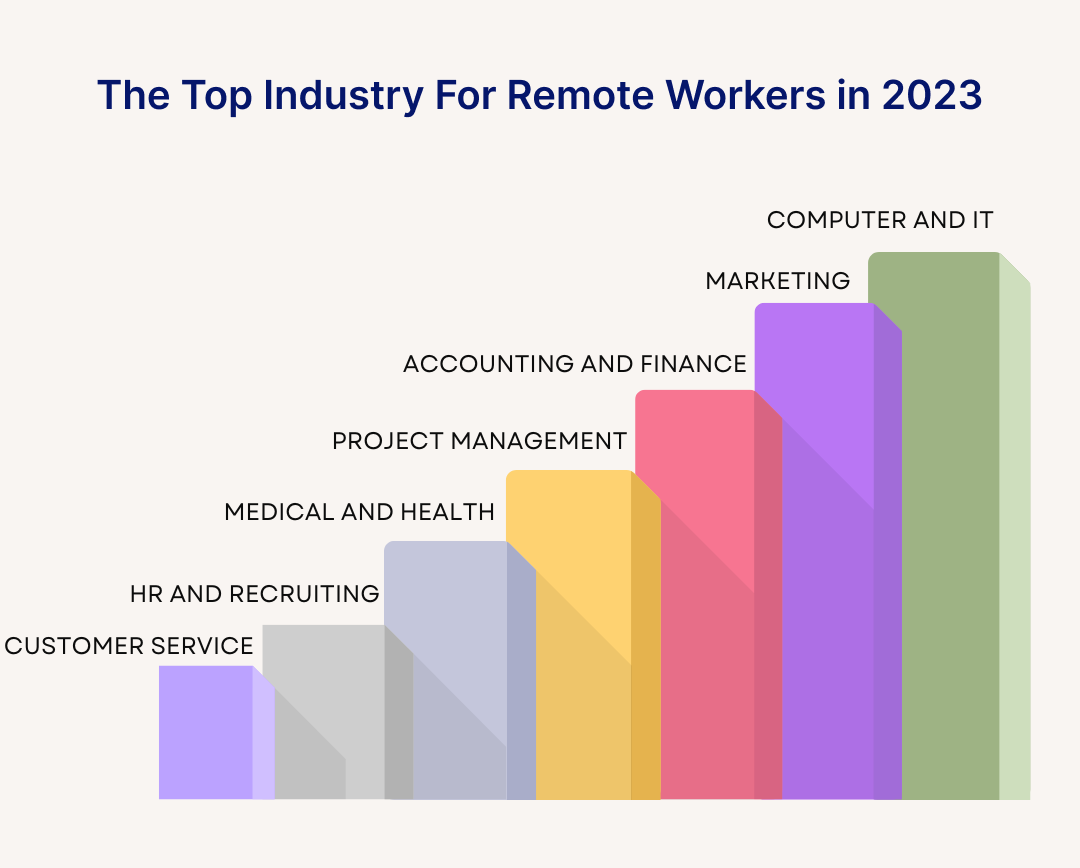
Decoding Work From Home vs Work From Office Statistics
Hello there, it’s me back with some amazing stuff.
Today, we’re diving headfirst into a realm of numbers, quirks, and perhaps a few crumpled coffee-stained spreadsheets – yes, you guessed it right! We’re delving into the ultimate showdown: Work From Home 🏡 versus Work From Office 💼.
Hold onto your coffee cups, folks, because we’re about to embark on an interactive roller coaster of facts & figures!
So, are you Team Work from Home or Work from Office?? Grab your popcorn (or your protein bar, we won’t judge! 😜) It’s time to decode the digits, reveal the revelations, and perhaps uncover a few surprises that will have you nodding knowingly or giggling uncontrollably.
Let the Work From Home vs Work From Office showdown begin!
The Rise of Remote Work: The New Era of Work Arrangements
Gone are the days of battling rush hour traffic, squeezing into crowded trains, and waiting in line for your morning caffeine fix. The world of work has undergone a mesmerizing transformation, ushering in the era of remote work. As technology continues to dissolve geographical barriers, businesses have embraced the concept of remote employee management to navigate this dynamic landscape.
In fact, today we have enough remote management tools out there. So, no worries dear employers, as these tools help you with manage remote teams in the most efficient manner, ensuring maximum productivity. Tadaaa!!
So, pull up a virtual chair, grab your favorite beverage, and let’s dive into the exciting world of remote work! 🌟

As per the report by Forbes, Currently, 12.7% of full-time employees work from home, illustrating the rapid normalization of remote work environments. So why are people opting to work from home?
The Commute: From Highways to Hallways 🚗 ➡️

Remember those morning butterflies you experienced as you rushed to get dressed for work while simultaneously planning the quickest route to the office? Well, while working remotely, you have your new commute – a few graceful steps from your bedroom to your cozy home office.
Dress Code: Where Cozy Comfort Meets Creative Style 👚👕

Corporate attire? That’s so yesterday! Your living room has been transformed into a stylish exhibit where comfort and style are combined without effort. Who would have guessed that your favourite pyjamas would be the key to bringing out your inner work virtuoso? 💃
Zoom, Zoom, Productivity Boom! 💥

With just one click, you may enter a world where you can collaborate on projects, generate ideas, and even share the most recent antics of your coworker virtually. The familiar and comfortable environment of home often reduces workplace distractions, leading to enhanced focus and concentration. Thereby, fostering accountability and boosting productivity.
Flexibility Galore: From 9-to-5 to Anytime, Anywhere ⏰

Accept the ability to choose your own working hours. Whether you enjoy the early morning or the late night, remote work lets you follow your own productivity rhythm. Breaks can now involve a quick yoga session, a game of fetch with your pet, or even a spontaneous hip hop dance. 💃
The Global Talent Exchange: Beyond Borders 🌎

Work from home has no boundaries! You can collaborate with employees from various countries and embrace a multicultural experience. Expand your horizons, learn about different cultures, and even pick up some impressive language skills – all while working amazing projects together.

Remote Work Statistics Over the Last Three Years
The COVID-19 pandemic has had a major impact on the way we work, with remote work becoming the norm for many people. In the last three years, we have seen a number of trends emerge in the world of remote work.
By 2025, 36.2 million Americans will be working remotely, an increase of 16.8 million people from pre-pandemic rates.
A survey by PwC found that 86% of employers are now open to hiring remote workers.
86% of employees prefer a fully remote or almost fully remote structure to either hybrid or full-time in-office work.
In terms of gender, 38% of men work remotely full time, while 30% of women work remotely full time.
57% of workers would look for a new job if their current company didn’t allow remote work.
71% of companies are permanently allowing some amount of remote work.
A study by Standford University found that remote workers are 13% more productive than in-office workers.
According to a Zippia survey, 86% of workers who work from home full-time experience burn out.
According to a survey conducted by Remote.co, 63% of global employees stated they would “absolutely” look for a new job if they were unable to continue working remotely.
A survey by Buffer found that 77% of remote workers are happy with their work-life balance. This is compared to 65% of in-office workers.
A study by Global Workplace Analytics found that companies can save an average of $11,000 per employee per year by allowing them to work remotely.
A study by Standford University found that working from home can reduce greenhouse gas emissions by up to 50%.

Did You Know ?

Challenges of Remote Work
While there are many benefits to remote work, there are also some challenges like:

The Isolation Island: Bridging the Social Gap
While remote work offers unmatched flexibility, it can occasionally feel isolated. You could miss those spontaneous brainstorming sessions because of the lack of face-to-face meetings and water cooler conversations.

Tech Troubles: The Perils of Pixels
Navigating the high seas of remote work tech may be a stormy affair because of issues with software, poor internet connectivity, and the dreaded frozen screen.

Time Warp Woes: Balancing the Clocks
The issue of coordinating time zones can feel like navigating a temporal vortex as remote work connects us across continents. Finding a meeting time that works for everyone’s schedules can be as challenging as astrological charting.

Distraction Doldrums: Battling the Sirens of Procrastination
Working from home can sometimes result in distractions – from the mesmerizing call of social media to the inviting charm of your bed, or watching TV. This can lead to decreased productivity and increased stress.

Virtual Vexation: Miscommunication in the Digital Age
Virtual communication often results in misconceptions that are as dangerous as a hidden reef because there are no nonverbal indicators to guide the conversation. The subtleties of tone and body language can get lost in the sea of text.

Loneliness
When employees work from home, they can miss out on the social interaction that they would get in an office setting. This can lead to feelings of isolation and disconnection.

However, these statistics from Buffer show how remote work has influenced today’s world.
People have chosen work from home due to the convenience it provides. acceptance and adoption of this flexible work model by both employers and employees.
The shift towards remote work has been significantly driven by the undeniable convenience it offers to individuals seeking a harmonious blend of professional and personal life. This transformative trend has led to a notable acceptance and enthusiastic adoption of the flexible work model by a wide spectrum of both employers and employees.
Work from office
In the not-so-distant past, the office was synonymous with fluorescent lighting, cubicles, and the morning coffee run. However, the landscape of work has undergone a monumental transformation, ushering in a new era of flexibility, collaboration, and yes, even quirky reactions. As we delve into the intriguing world of how people are reacting to working from the office today, prepare to be amused, surprised, and perhaps even inspired by the statistics that highlight this fascinating shift.
1. The ‘Back-to-the-Business’ Enthusiasts

Surprisingly, a whopping 67% of employees expressed genuine excitement about returning to the office, as per a recent survey conducted by Workplace Trends. The allure of dedicated workspaces, spontaneous brainstorming sessions, and even the ritualistic morning commute (who would’ve thought?) has reignited the ‘office enthusiasm’ among many.
2. The Hybrid Workforce Dilemma

It’s interesting to note that 55% of employees now favour a mix of remote and office-based work, according to a Buffer survey, as businesses implement flexible work arrangements. This new situation creates an intriguing dichotomy: although some people are pleased to regain their workstations, others adore the homely atmosphere of their offices.
3. The Office Fashion Metamorphosis

Statistically speaking, 45% of workers have confessed to indulging in a shopping spree to revamp their workwear, says a survey. From ‘business casual’ to ‘Zoom-appropriate’ attire, it appears the return to office life has inspired a stylish evolution, akin to a butterfly emerging from its cocoon.
4. The Commuter’s Dilemma

Remember the daily commute? Apparently, we’re a tad nostalgic about it. A staggering 72% of employees miss the peculiar pleasures of commuting, according to a Monster.com survey. The audiobook binge sessions, podcast discoveries, and serendipitous encounters with fellow commuters have become cherished memories.
5. The Rise of Office FOMO

Fear of missing out (FOMO) isn’t exclusive to social events anymore. In the working world, it appears that 60% of employees experience”Office FOMO,” the overwhelming feeling of missing out on important meetings and unplanned get-togethers when working from home.
The statistics don’t lie: people are embracing this new work reality with a quirky mix of emotions, eager to reclaim the buzzing energy of shared workspaces while still savoring the comforts of a well-curated home office. The modern office renaissance has undoubtedly added a splash of eccentricity to the way we perceive and react to our work environments.

Employees who work from the office are more likely to be engaged. A study by Gallup found that employees who work from the office are 20% more likely to be engaged than employees who work from home.

Employees who work from the office are more likely to be productive. A study by Harvard Business Review found that employees who work from the office are 15% more productive than employees who work from home.

In -office employees are more likely to collaborate effectively. A study by the University of California, found that employees who work from the office are 25% more likely to collaborate effectively than employees who work from home.

Studies say that they are also very innovative. A study by the University of Pennsylvania found that employees who work from the office are 30% more likely to be innovative than remote employees.

A study by the Society for Human Resource Management found that employees who work from the office are 10% more satisfied with their jobs than employees who work from home.

Did You Know ?
Navigating the Office Odyssey: Unveiling the Influence of In-Person Work on Company Culture
Hey, as we embark on an exploration of how in-office work has shaped the enigmatic tapestry of company culture, let’s peel back the layers and dive into a captivating journey of human connection and collaboration.
As we stroll through the corridors of this exploration, the impact of in-person work on company culture becomes evident – a symphony of minds, a gallery of emotions, and a stage for shared celebrations. It’s a testament to the enduring power of human connection, a reminder that even in a digital age, the warmth of a handshake and the sparkle in a colleague’s eye continue to shape the very essence of who we are as a collective entity.
A Comprehensive Solution for Managing Remote and In-Office Employees
So, what is the best way to balance the needs of employees who want to work from home and those who want to work in the office?
One option is to adopt a hybrid work model, where employees work from home some days and in the office on other days. This would allow employees to have the flexibility they want while also providing them with the opportunity to connect with their colleagues in person.

Did You Know ?
Another option is to create a more flexible office environment that is designed to accommodate both remote and in-office workers. This could include providing more collaborative spaces, making it easier for employees to connect with each other, and offering amenities that make working from the office more enjoyable.
And no worries dear employers, you have the latest trend on board – time tracking software. Track and analyze your employees’ time, work, and performance, whether they’re working remotely, at the office, or even as freelancers.
Closing Remarks
As we’ve delved into the intricate world of “Work From Home vs. Office” statistics, we’ve uncovered a captivating tapestry of insights that challenge conventional wisdom and spark new conversations.
Remember, the true secret lies in flexibility and adaptability. So, whether you’re a WFH efficiency genius or an office enthusiast, the ability to design your ideal work environment is now easier than ever.
What’s your verdict? Are you Team Home or Team Office? As we continue to shape the future of work, let’s embrace the blend of these two worlds and craft a personalized harmony that unleashes our full potential.







Say goodbye to crowded trains and awkward small talk in elevators! This blog highlights the perks of WFH like avoiding the daily commute grind. Now if only I could convince my dog to stop stealing my mouse- Decoding Work from Home vs Work From Office Statistics – Worth the read!!
86% of remote workers experience burnout?! That’s crazy! This blog explores the pros and cons of both work-from-home vs office statistics, offering valuable insights for businesses and employees alike. Finding the right balance seems key!